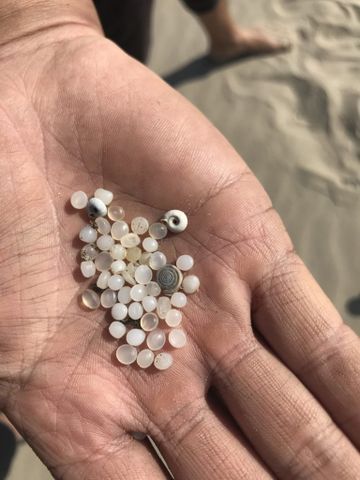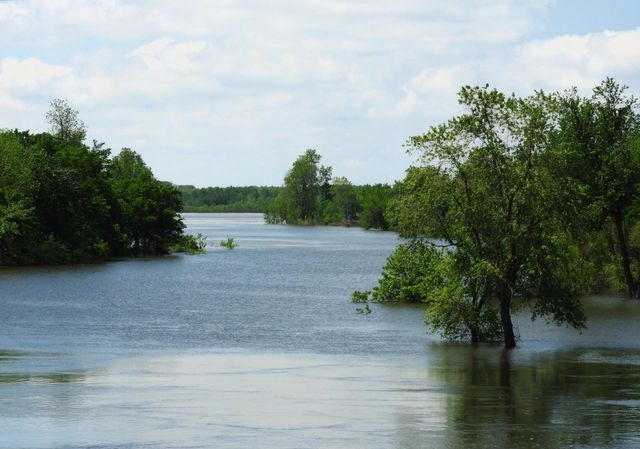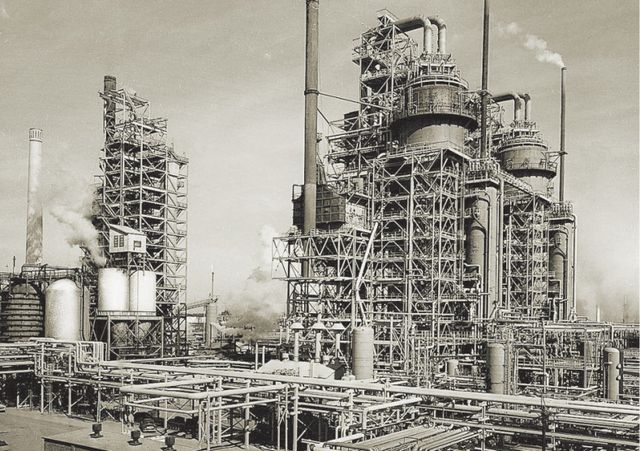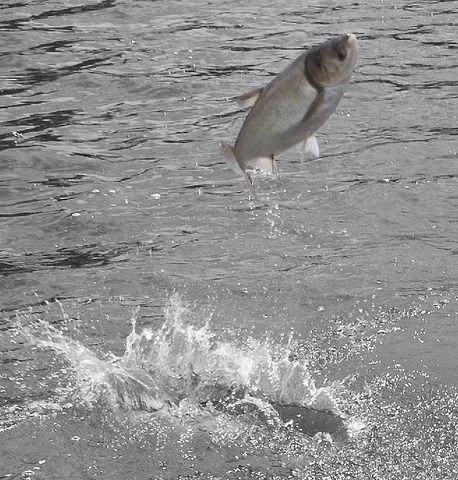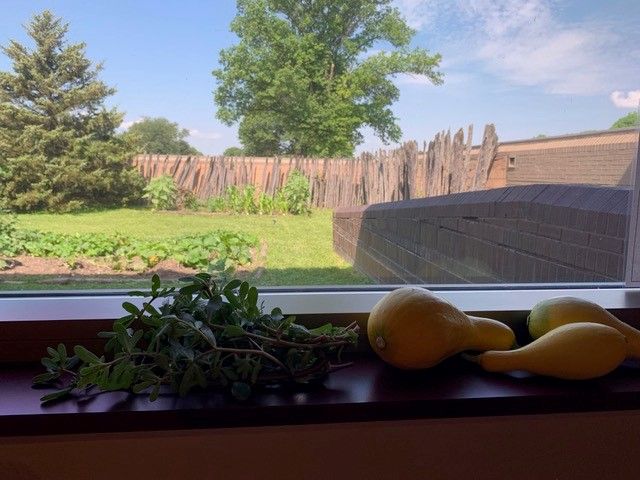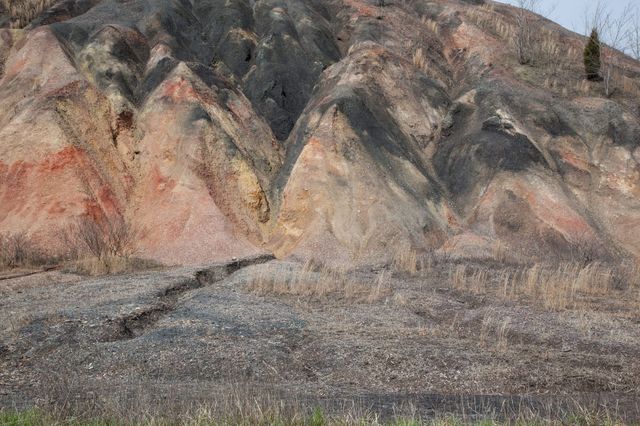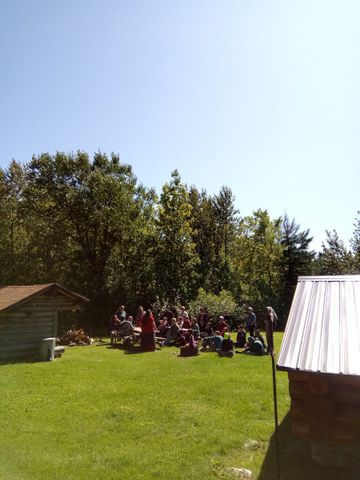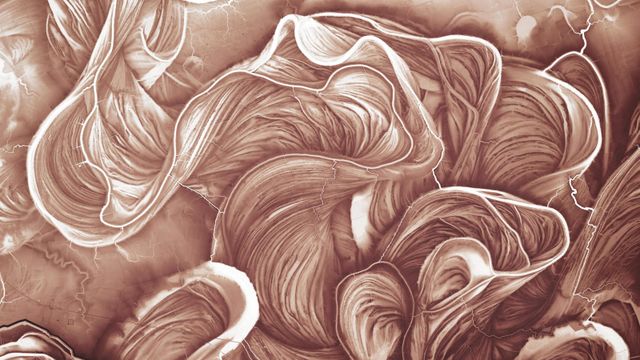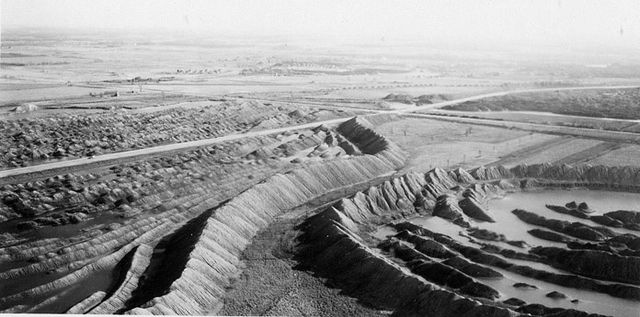2018–2019
Mississippi. An Anthropocene River
A research project on the novel epistemic, aesthetic, and educational challenges of the Anthropocene
2018–2019
How can the Anthropocene be made recognizable on a regional level without neglecting its complexity? Along the Mississippi, material flows, conflicts and stories that have produced and characterize the Anthropocene become condensed. Over the course of a year, scientists, artists and activists, in collaboration with local initiatives in the United States, researched specific local approaches to planetary changes.
The Mississippi is a constantly changing ecosystem, a traffic artery for raw materials and goods and a deposition zone for sediments and pollutants. The first fortified settlements of North America emerged along the river and for a long time it formed the western border of European settlement. For centuries it was the waterway of colonial exploitation, on its banks were the historical centers of plantation management and slavery. Formerly less a river than an immense floodplain, in the course of its containment and being made navigable in the twentieth century it developed into a huge industrial and agricultural corridor. Today, the human transformation of the river landscape ranges from the forests on the upper course of the river to industrial agriculture in the Midwest to the petrochemical centers in the delta and the low-oxygen “dead zones” in the Gulf of Mexico.
From autumn 2018 to November 2019, the historical, social and ecological transformations of this human-environment system were examined at five field stations along the river, on a three-month Anthropocene River Journey from the source to the mouth of the Mississippi and during a weeklong campus in New Orleans.
The joint work tool of the project was and is the research platform anthropocene-curriculum.org, where the questions, methods and results are presented and discussed.

